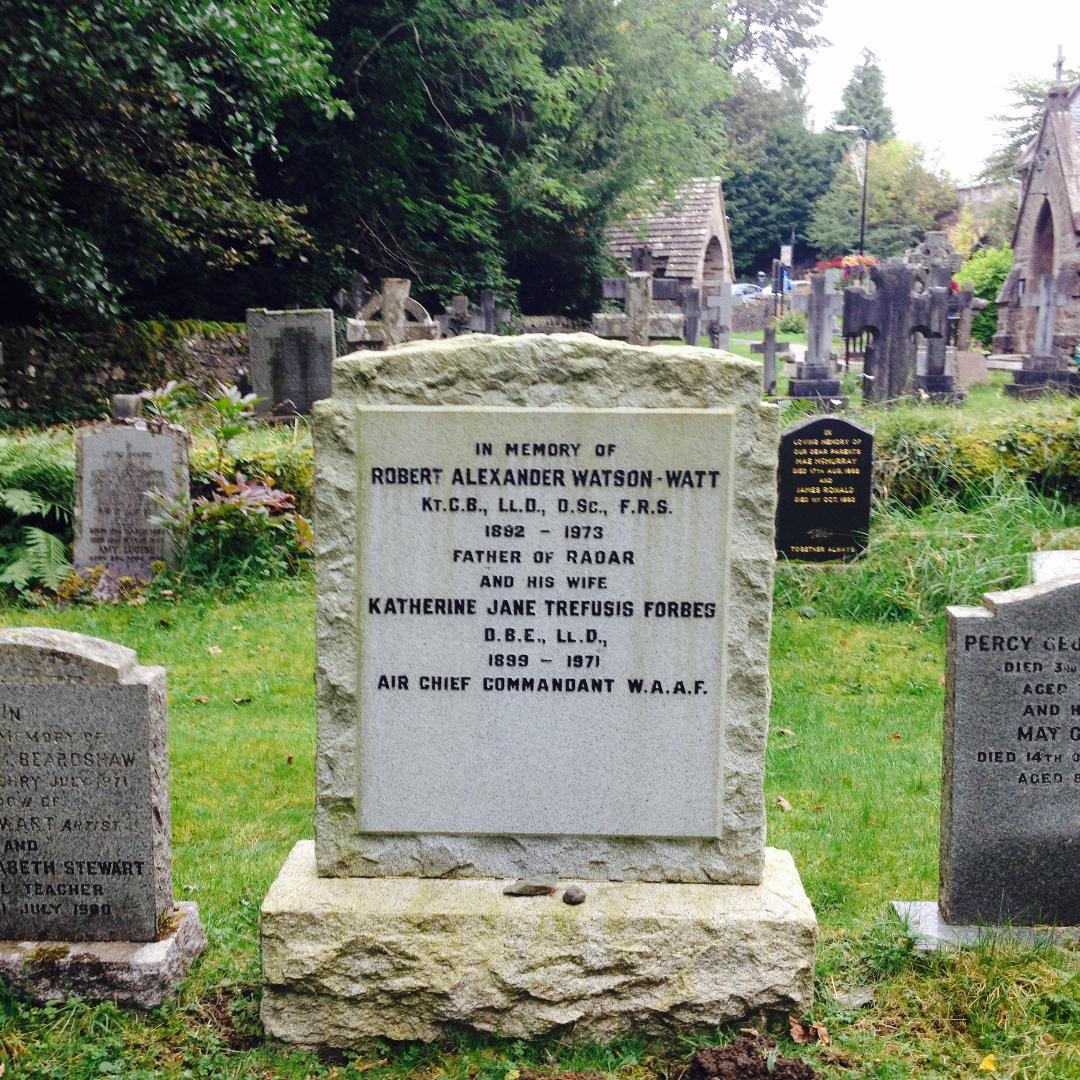The first priest to hold Episcopalian services in the growing town of Pitlochry was the Reverend Thomas Walker who was the Rector of Kilmaveonaig from 1840 to 1856. The Laird and congregation at Kilmaveonaig (founded before 1275) in Blair Atholl, having remained Episcopalian despite the persecutions after the 1715 & 1745 rebellions.
Services took place from time to time in 1855, in Daniel Stuart carpenter's shop with worship in Pitlochry often dependent on which passengers used the stage coach. As a letter written at the time stated:
"Every Saturday evening, when Robert Stewart's coach arrived at Fisher's Hotel, Mr. Troup, Miss Trotter and others were waiting to see if a clergyman was among the passengers, and, if so, he was asked to take the services next day in the carpenter's shed."
So a precarious beginning.
However in 1856 regular services began in the carpenter's shop, taken by the Rector of St. John's Church in Perth, and by Dr Henry Alford, who later became Dean of Canterbury. The services were so well attended that the Bishop of the Diocese licensed the Reverend Stuart Robson as Priest-in-Charge in the Advent of 1856.
Holy Trinity Church
In 1857 a site for the building was found and plans were made to raise the necessary money by a bazaar and subscription which brought in £900. It is interesting to note that Mr. Barbour, the Free Church Laird of Bonskeid, showed a most liberal-minded spirit and was one of the largest purchasers at this bazaar. Also, the Minister of the Free Church in Lower Oakfield not only gave a sheep, but offered his church for the refreshment stall, should the weather be inclement.
The foundation stone was laid on 14 September 1857 by Captain Stewart of Urrard House. On 10 June 1858 the church was dedicated by the Bishop and the nave was opened for services. On 18 August 1860 the church was consecrated, the Deed of Consecration being read by the Warden of Winchester College. The church was designed by Mr. Charles Buckeridge of Oxford, a pupil of Mr. Gilbert Scott (the most famous architect of the day). Mr. Buckeridge was 24 years of age and he gave the plans to the church free of charge.
When the church was completed it was half a mile from the centre of Pitlochry, and approached by a muddy lane which was little more than a bog in wet weather. The building was also out of sight of the main road. However, when the railway line to Inverness was constructed in 1860, the railway company decided to divert the main road in order to avoid building a level crossing. This brought the road to its present position where it passes the church.
The Parsonage was built next door in 1865, (and sold in 1995). In 1889 the church was enlarged to cope with congregations during the summer months.
Holy Trinity is the largest church in the Highland Perthshire Linked Charge and several interesting features including the reredos behind the altar, designed by Sir Ninian Comper, it represents Our Lord appearing to Mary Magdalene.
In the church yard you will find a Commonwealth War Grave and the grave of Sir Robert Watson Watt. An anecdote tells us that Sir Robert was once reportedly pulled over for speeding in Canada by a radar gun-toting policeman. His remark was, "Had I known what you were going to do with it I would never have invented it!"
